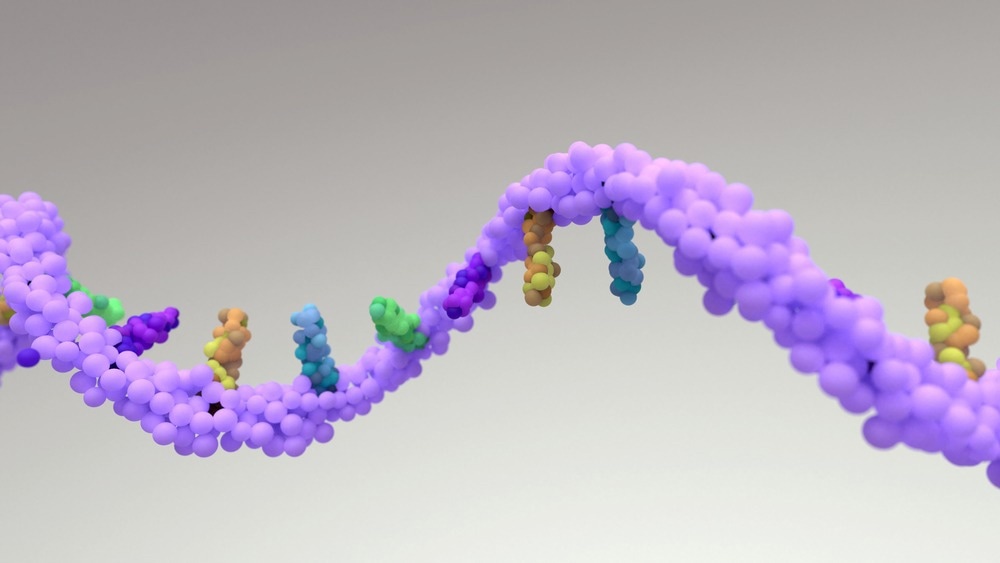CITE-seq, short for cellular indexing of transcriptomes and epitopes, employs RNA sequencing to simultaneously measure cell surface protein and transcriptomic data in a single cell readout.

Image Credit: Design_Cells/Shutterstock.com
The concurrent study of cells provides unprecedented insights into novel cell types, disease states, or other conditions. While CITE-seq addresses the challenge of detecting a limited number of proteins in an unbiased manner during single-cell sequencing, it is constrained by elevated levels of background noise that can impede analysis.
Researchers from the Chobanian & Avedisian School of Medicine and the College of Arts & Sciences at Boston University have devised an innovative tool to address this limitation. This tool can discern and eliminate undesirable background noise originating from various sources, enhancing the precision of analysis in CITE-seq experiments.
We created DecontPro, a statistical model that decontaminates two sources of contamination that were observed empirically in CITE-seq data. It can be used as an important quality assessment tool that will aid in the downstream analysis and help researchers to better understand the molecular cause of disease."
Joshua Campbell, Associate Professor, Medicine, Chobanian and Avedisian School of Medicine, Boston University
The investigators scrutinized numerous publicly accessible datasets that utilized CITE-seq to profile various tissue types.
During their analysis, they identified a previously unrecognized artifact termed a “spongelet.” These spongelets were identified as significant contributors to extensive background noise across multiple datasets.
The researchers discovered that DecontPro, a tool they developed, has the capability to assess and eliminate diverse origins of background noise. This includes contamination from spongelets, ambient material potentially present in the cell suspension, and non-specific binding of antibodies.
DecontPro is a Bayesian hierarchical model. We carefully constructed it so that it can tease apart the signals from noise in single-cell datasets without being overly aggressive."
Masanao Yajima, Professor, Department of Mathematics and Statistics, Chobanian and Avedisian School of Medicine, Boston University
Source:
Journal reference:
Yin, Y., et al. (2023) Characterization and decontamination of background noise in droplet-based single-cell protein expression data with DecontPro. Nucleic Acids Research. doi.org/10.1093/nar/gkad1032.